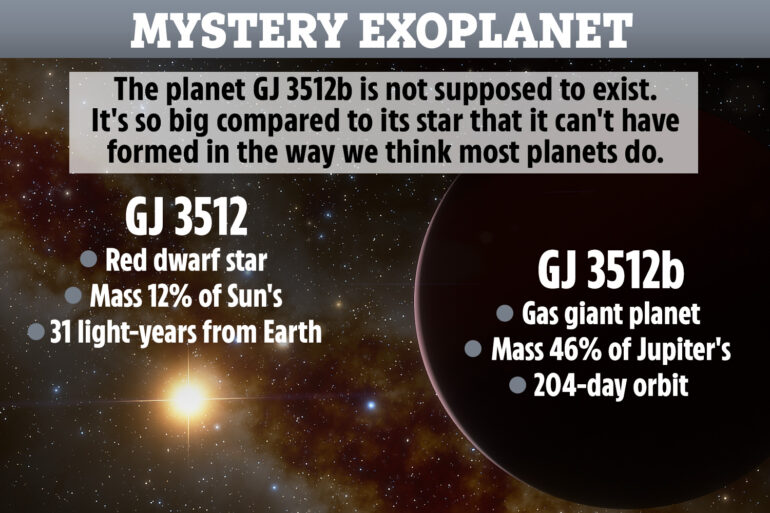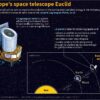Imagine you’re a farmer searching for eggs in the chicken coop – but instead of a chicken egg, you find an ostrich egg, much larger than anything a chicken could lay.
That’s a little how our team of astronomers felt when we discovered a massive planet, more than 13 times heavier than Earth, around a cool, dim red star, nine times less massive than Earth’s Sun, earlier this year.
The smaller star, called an M star, is not only smaller than the Sun in Earth’s solar system, but it’s 100 times less luminous. Such a star should not have the necessary amount of material in its planet-forming disk to birth such a massive planet.
The Habitable Zone Planet Finder
Over the past decade, our team designed and built a new instrument at Penn State capable of detecting the light from these dim, cool stars at wavelengths beyond the sensitivity of the human eye – in the near-infrared – where such cool stars emit most of their light.
Attached to the 10-meter Hobby-Eberly Telescope in West Texas, our instrument, dubbed the Habitable Zone Planet Finder, can measure the subtle change in a star’s velocity as a planet gravitationally tugs on it. This technique, called the Doppler radial velocity technique, is great for detecting exoplanets.
“Exoplanet” is a combination of the words extrasolar and planet, so the term applies to any planet-sized body in orbit around a star that isn’t Earth’s Sun.
Thirty years ago, Doppler radial velocity observations enabled the discovery of 51 Pegasi b, the first known exoplanet orbiting a Sunlike star. In the ensuing decades, astronomers like us have improved this technique. These increasingly more precise measurements have an important goal: to enable the discovery of rocky planets in habitable zones, the regions around stars where liquid water can be sustained on the planetary surface.
The Doppler technique doesn’t yet have the capabilities to discover habitable zone planets the mass of the Earth around stars the size of the Sun. But the cool and dim M stars show a larger Doppler signature for the same Earth-size planet. The lower mass of the star leads to it getting tugged more by the orbiting planet. And the lower luminosity leads to a closer-in habitable zone and a shorter orbit, which also makes the planet easier to detect.
Planets around these smaller stars were the planets our team designed the Habitable Zone Planet Finder to discover. Our new discovery, published in the journal Science, of a massive planet orbiting closely around the cool dim M star LHS 3154 – the ostrich egg in the chicken coop – came as a real surprise.
LHS 3154b: The planet that should not exist
Planets form in disks composed of gas and dust. These disks pull together dust grains that grow into pebbles and eventually combine to form a solid planetary core. Once the core is formed, the planet can gravitationally pull in the solid dust, as well as surrounding gas such as hydrogen and helium. But it…



